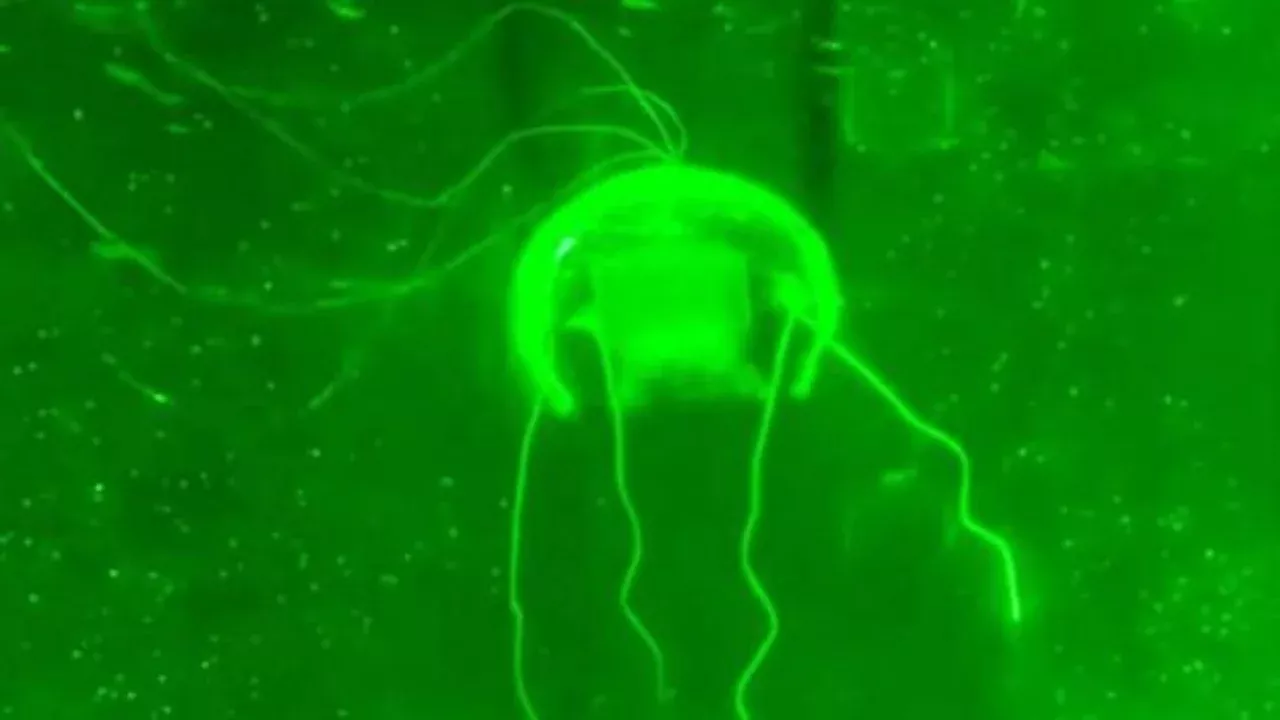
Chinese engineers have created a jellyfish-shaped "ghost" drone capable of moving stealthily underwater. This was reported by Zamin.uz.
This scientific achievement was announced by the South China Morning Post. Developed by a team led by Tao Kai, a researcher at the Faculty of Mechanics and Electrical Engineering of Northwestern Polytechnical University, this device is known as the "underwater phantom".
According to the researchers, once the drone enters the water, it is indistinguishable from a real jellyfish, and its natural movement provides convenient opportunities for covert underwater monitoring, biological environment observation, and infrastructure inspection. According to Tao Kai, the drone consumes very little energy and produces almost no noise.
Due to its appearance resembling a natural jellyfish, it is considered ideal for ecological analysis and covert missions in deep waters. The main part of the jellyfish drone is made from transparent hydrogel electrode material, with its body consisting of an umbrella-shaped head and movable tentacles.
The device has a diameter of 120 millimeters and weighs only 56 grams. The robot uses an electrostatic hydraulic actuator for movement, a mechanism that mimics the natural motions of a real jellyfish.
The drone operates at 28.5 milliwatts of power and leaves almost no physical or acoustic trace underwater. This allows it to conduct long-term covert surveillance.
Additionally, the jellyfish drone is equipped with a miniature camera module and an internal artificial intelligence chip, which independently analyzes collected data and can transmit signals in real time when necessary. Experts believe this innovation will mark a new stage in underwater research, ecological monitoring, and military intelligence.
This Chinese project is regarded as creating a new generation in underwater robotics. In the future, this device will enhance the efficiency of underwater operations and enable the covert collection of important data.







